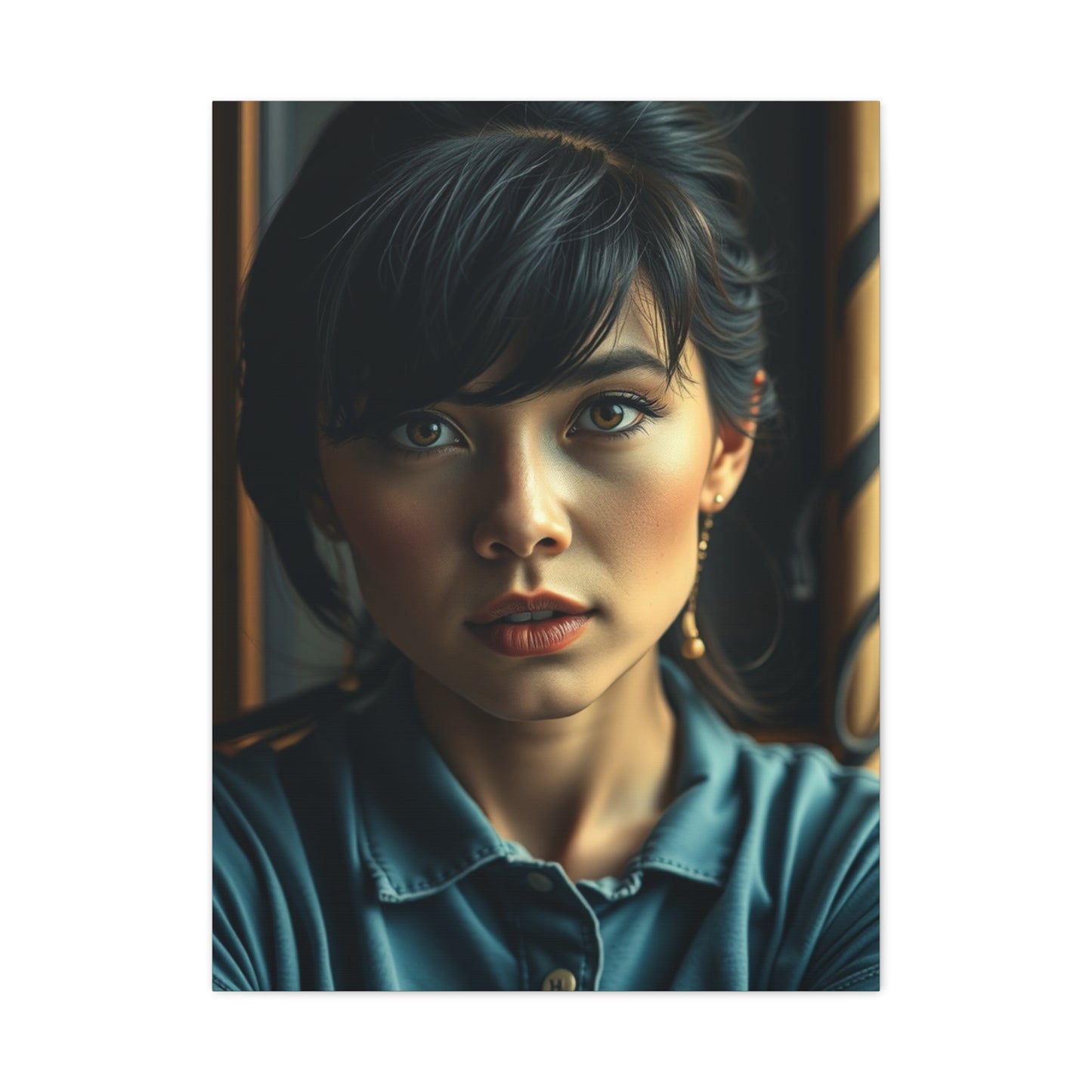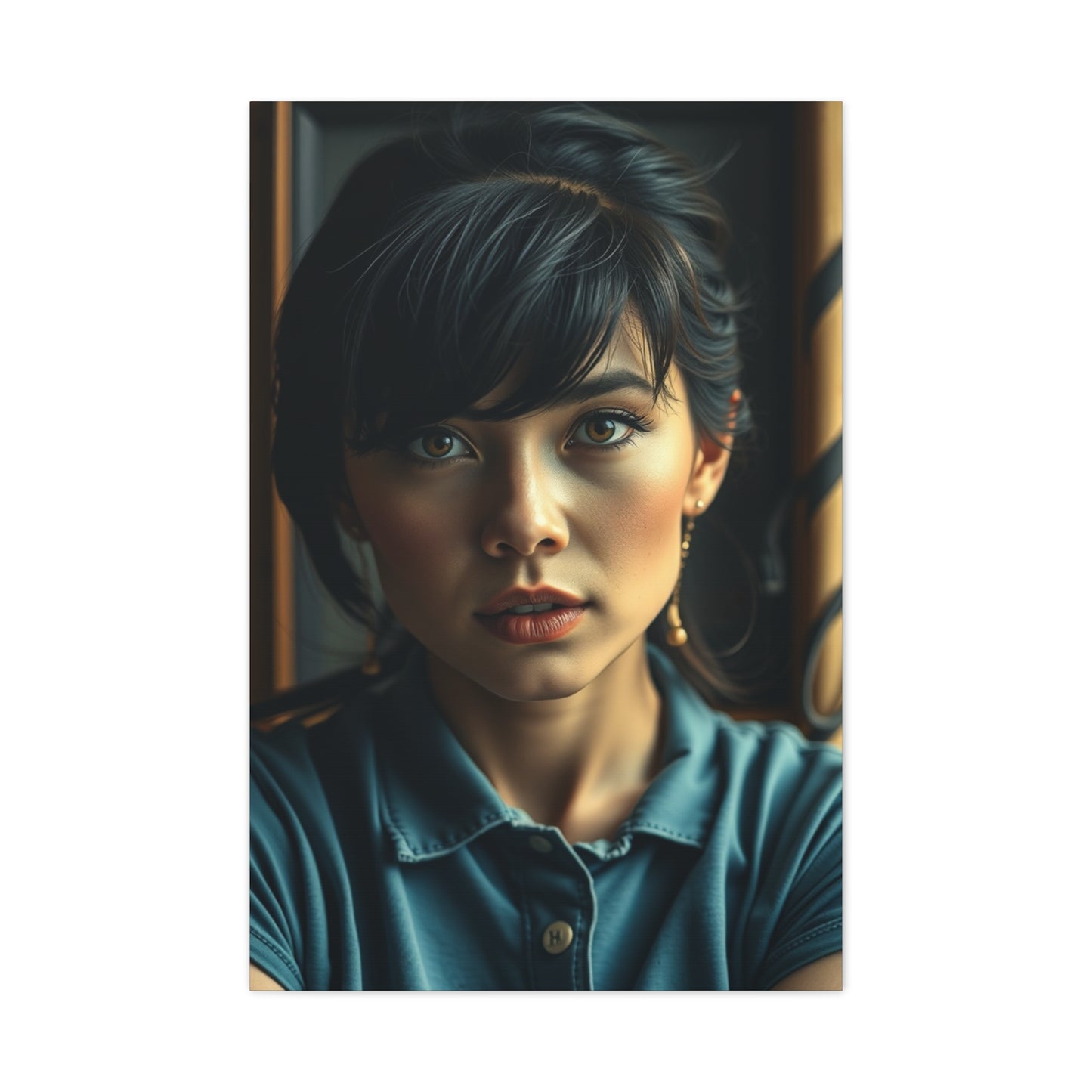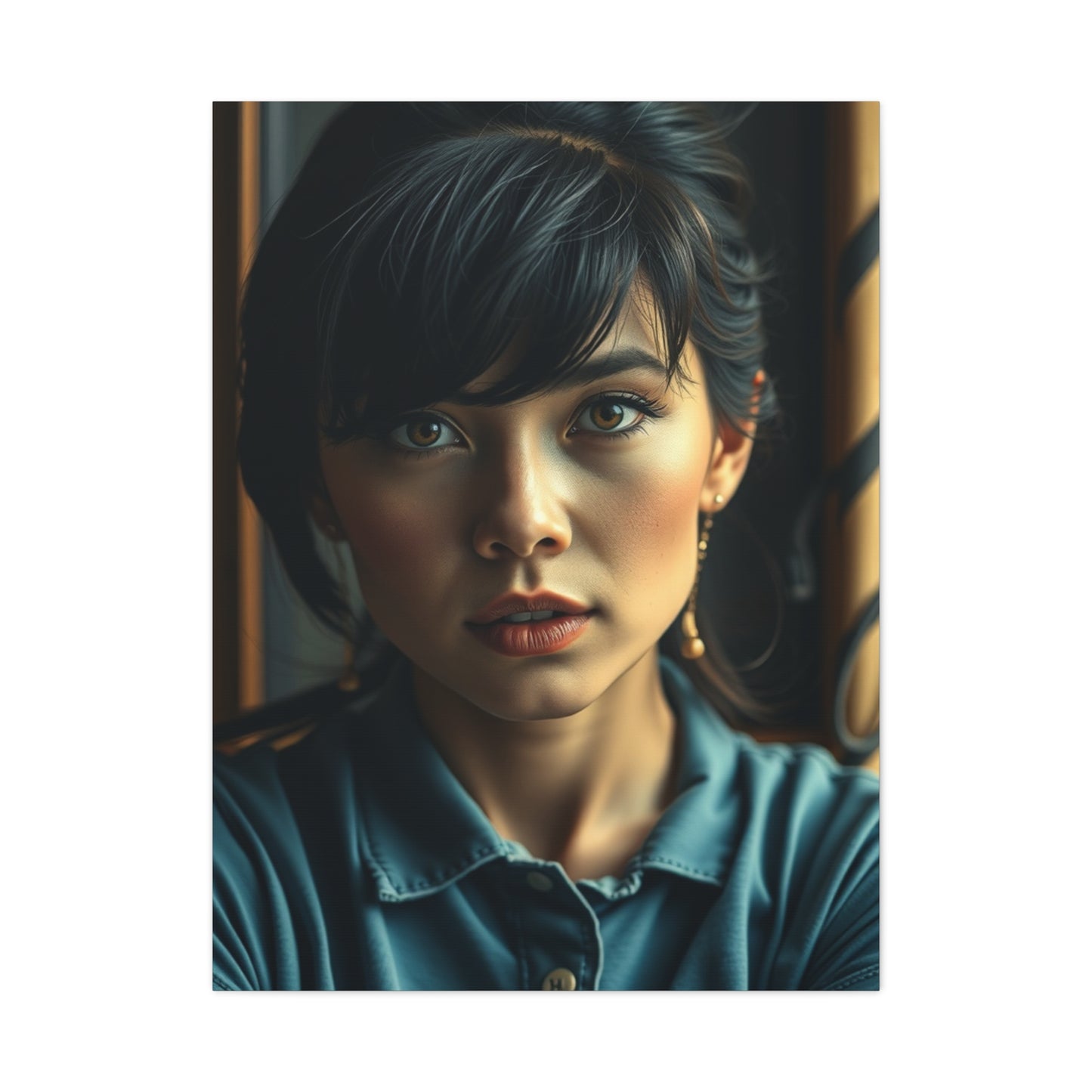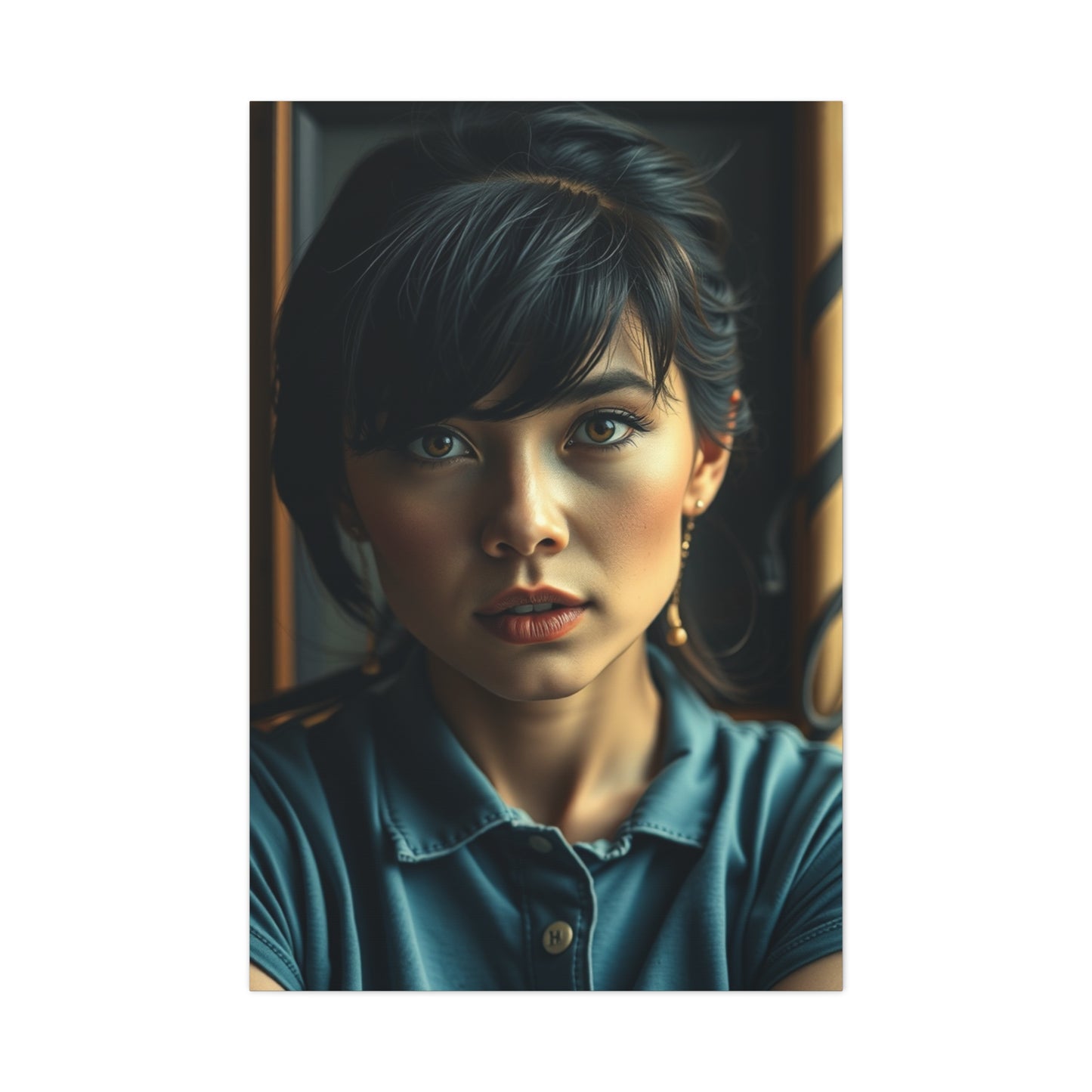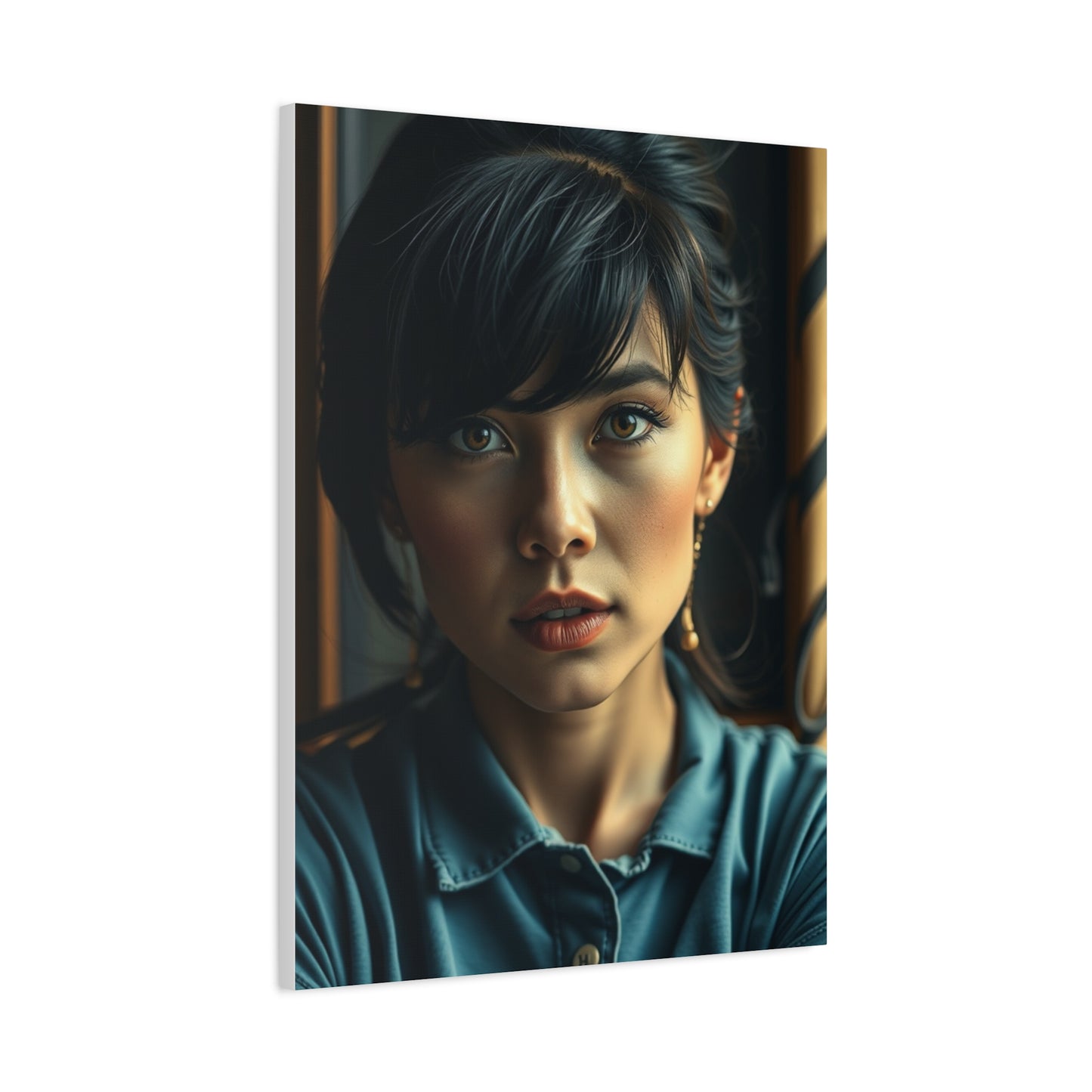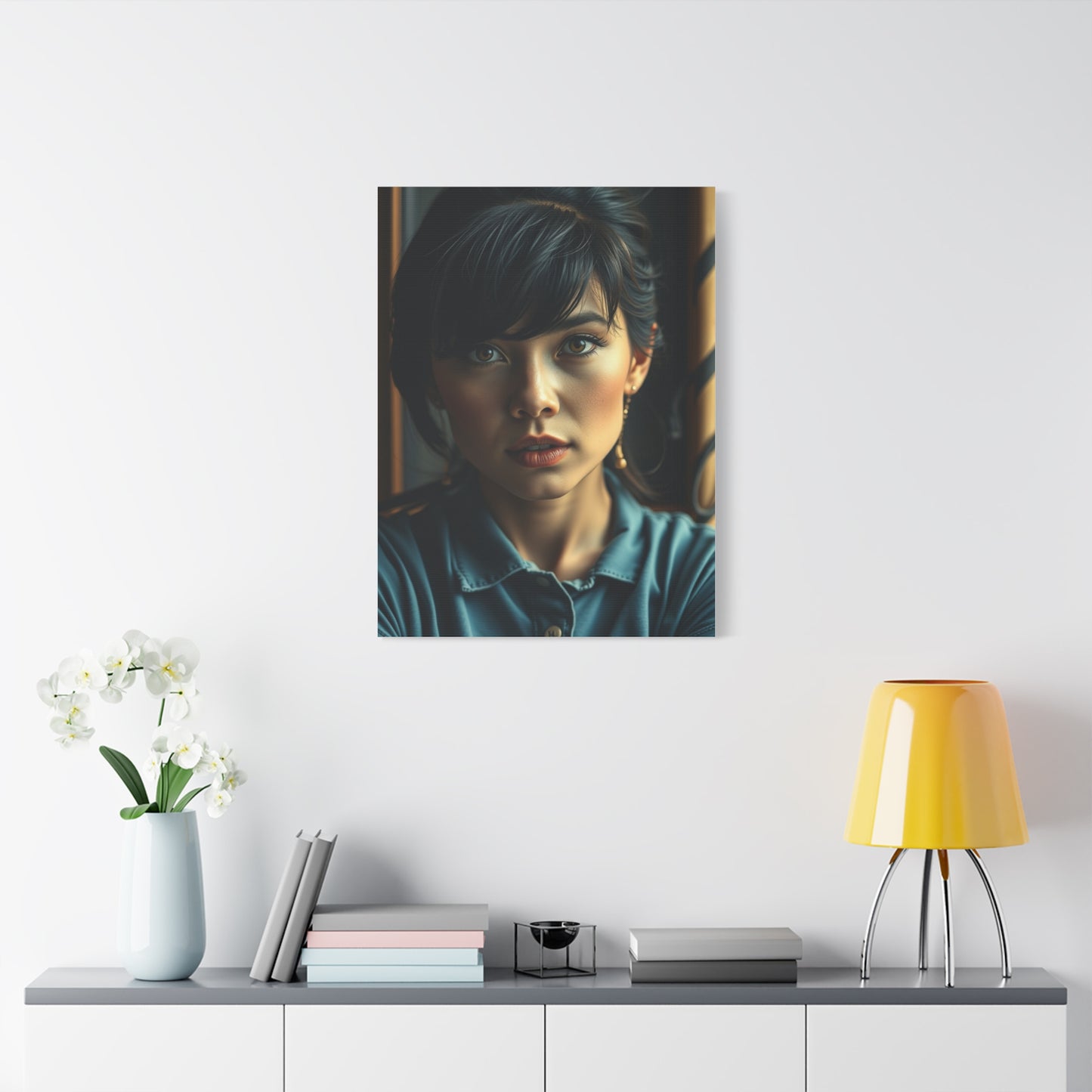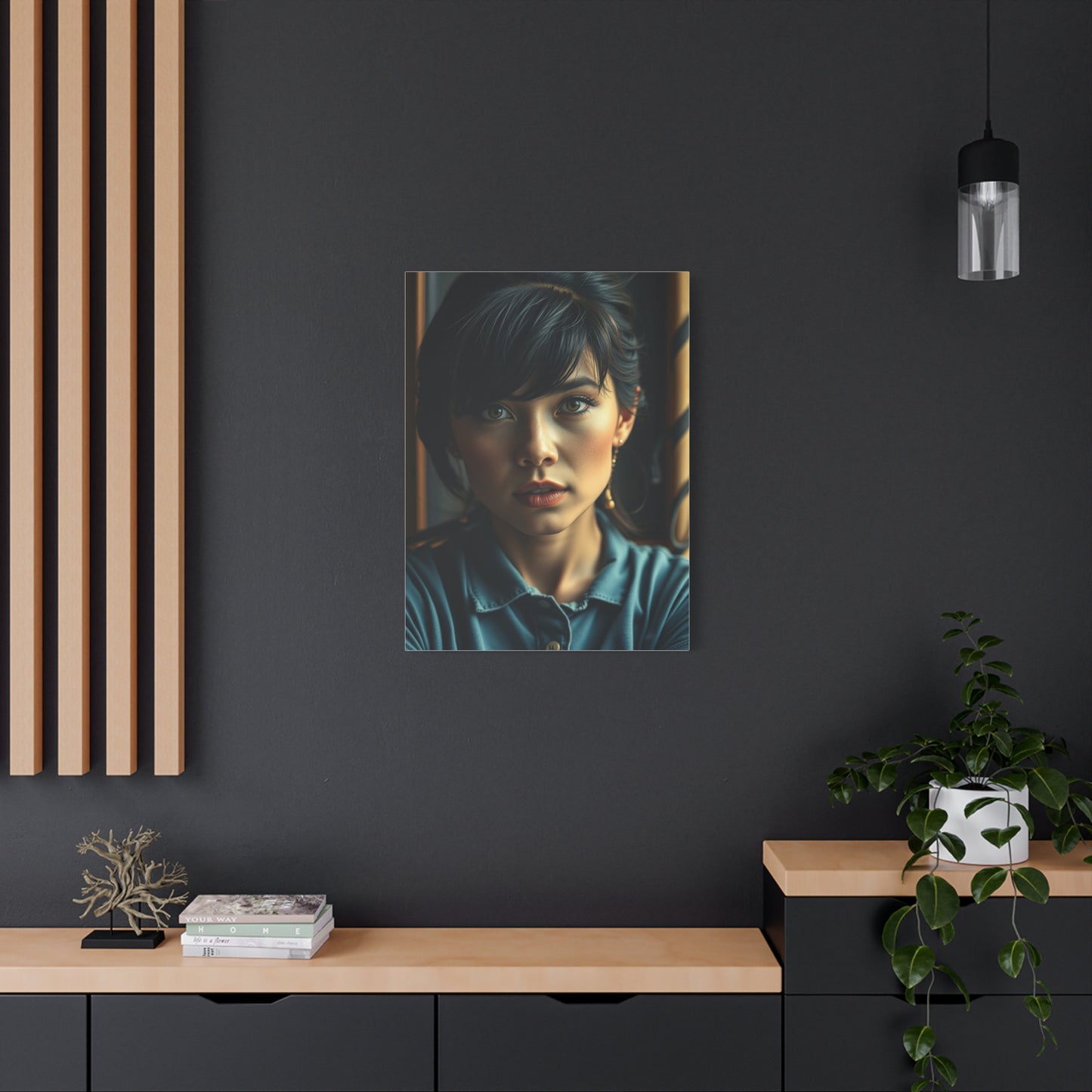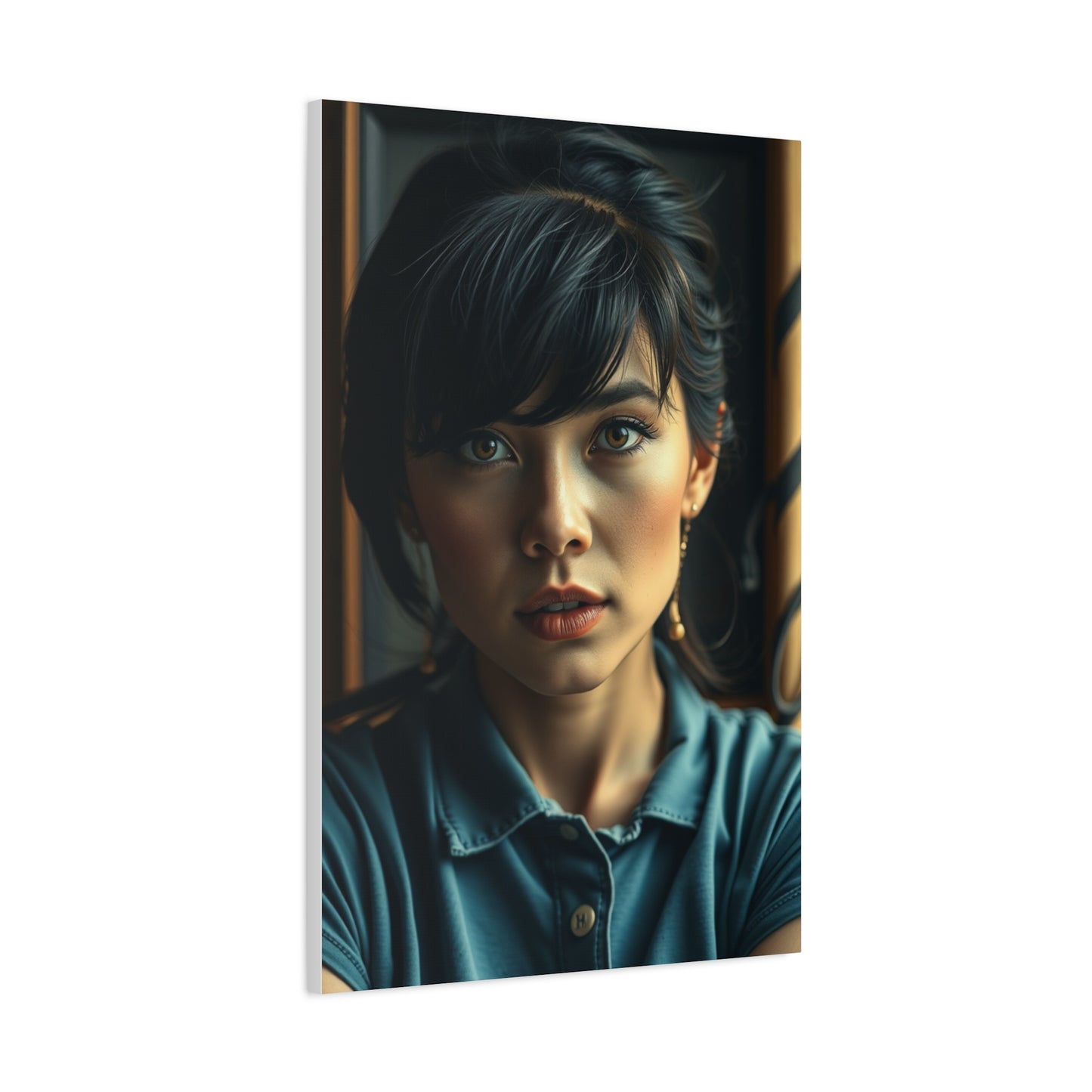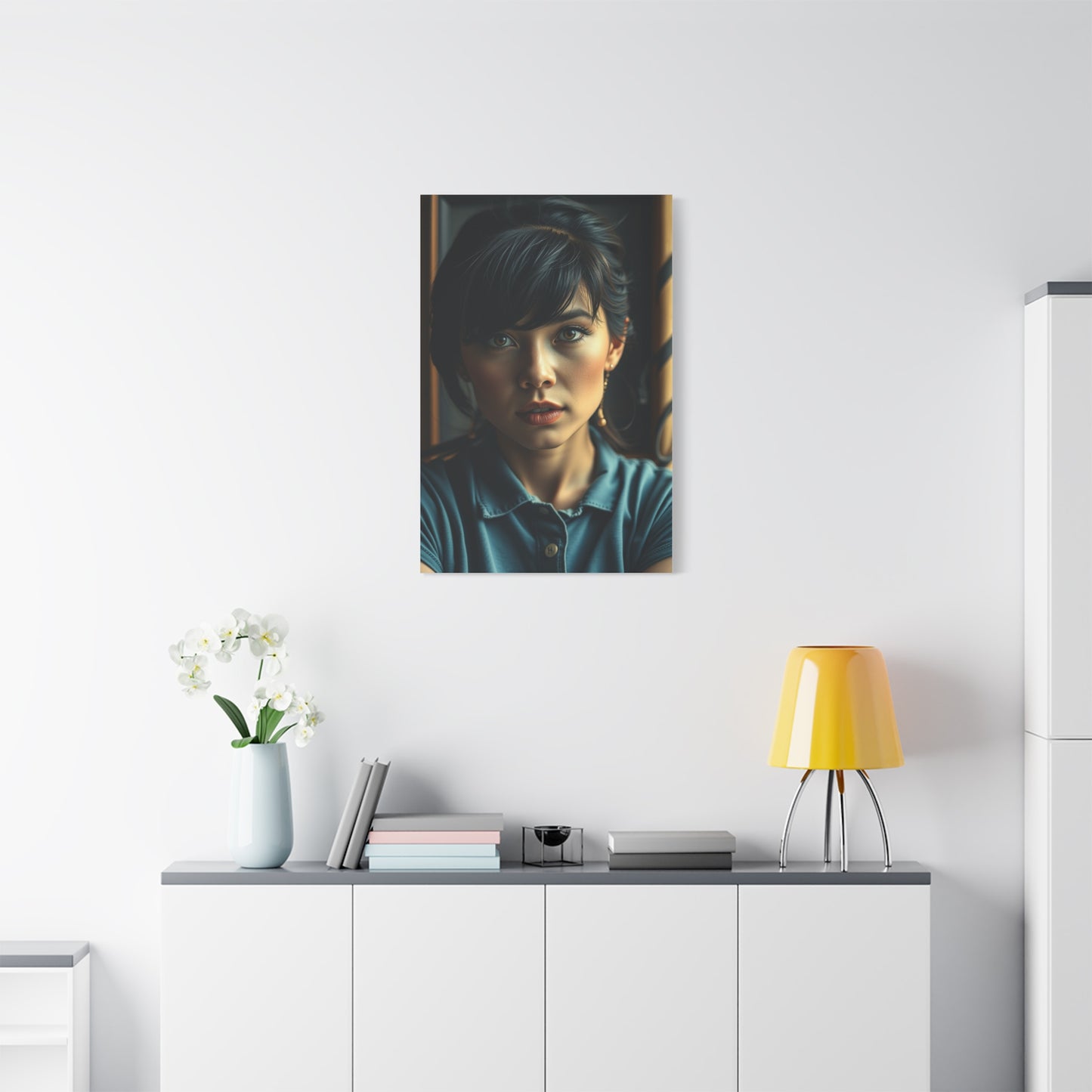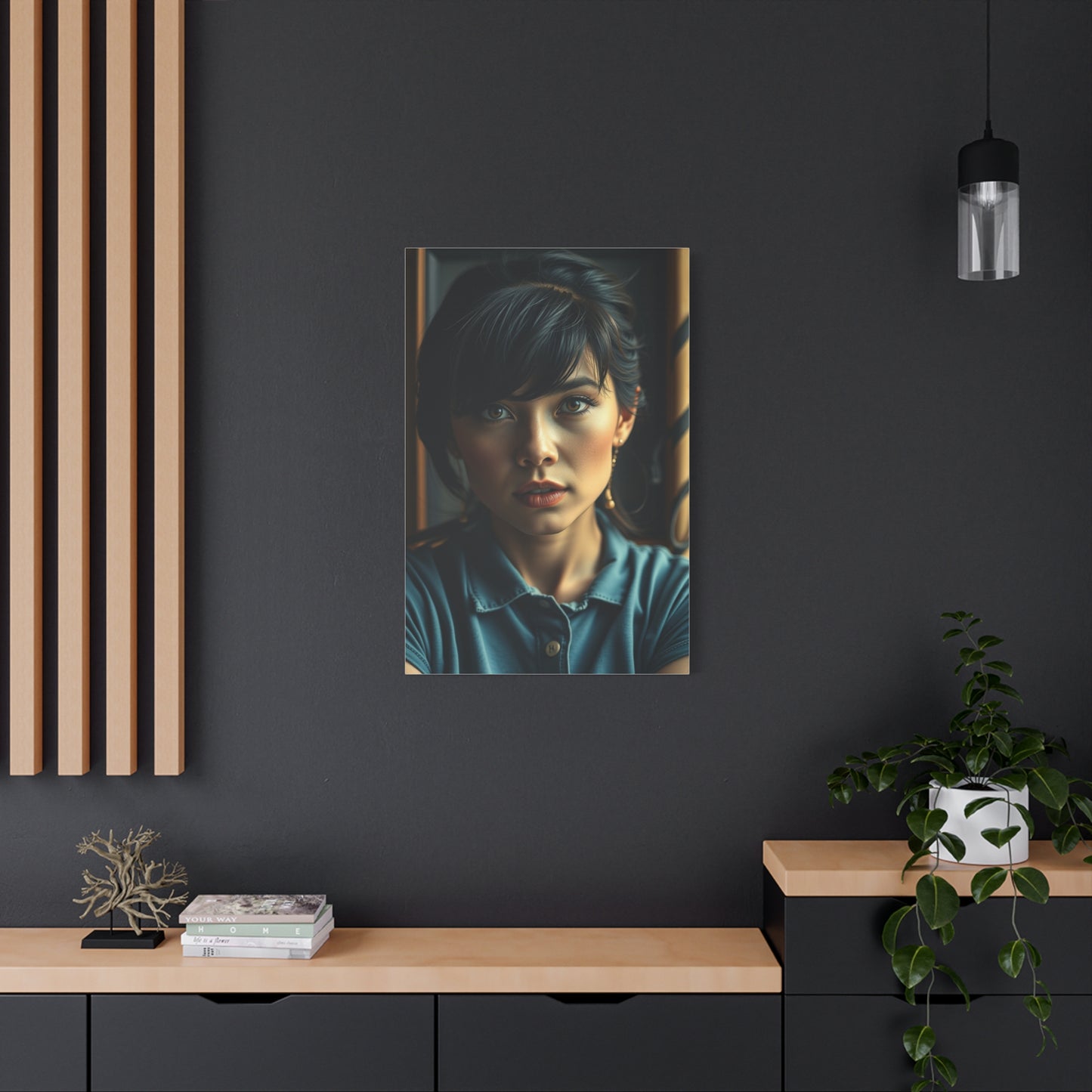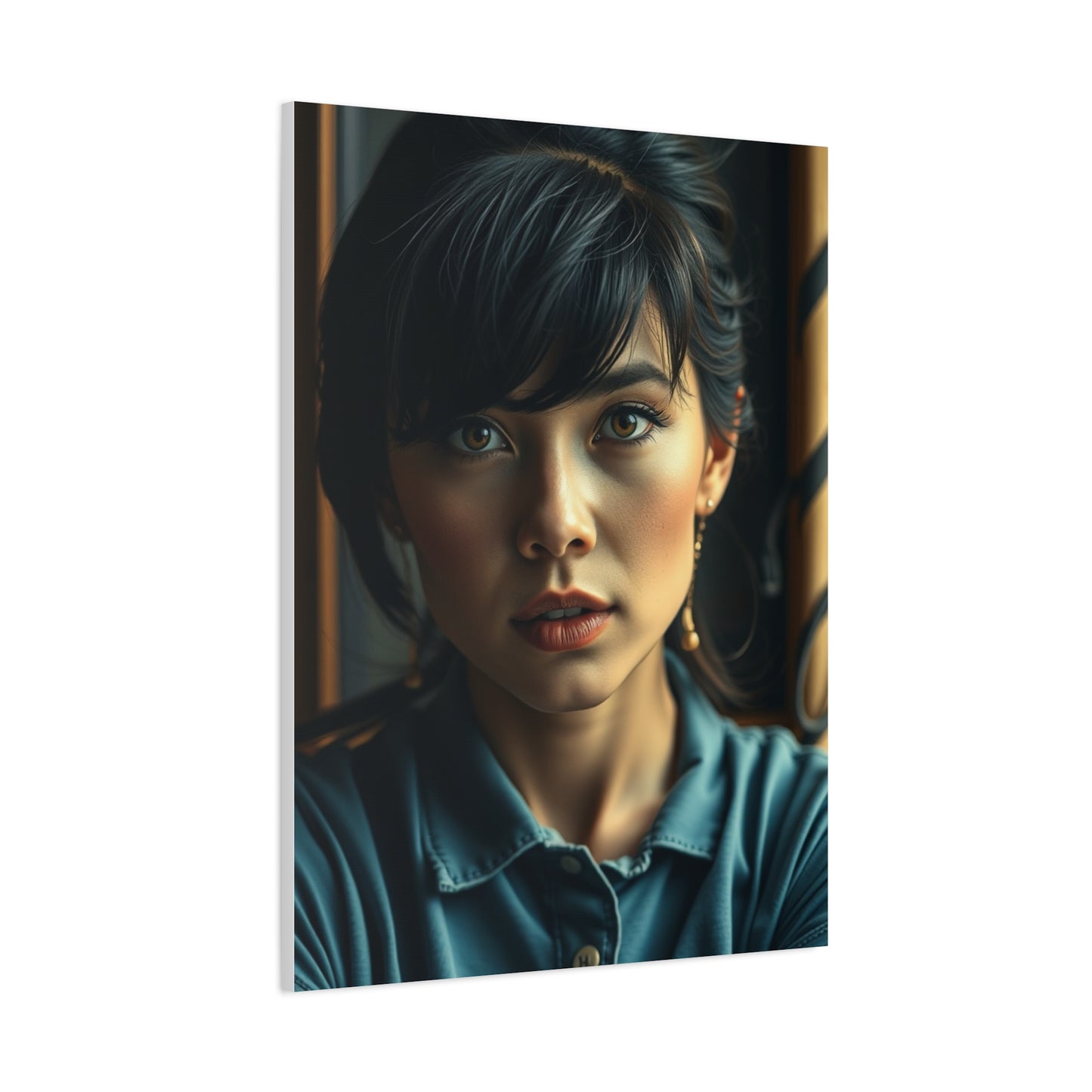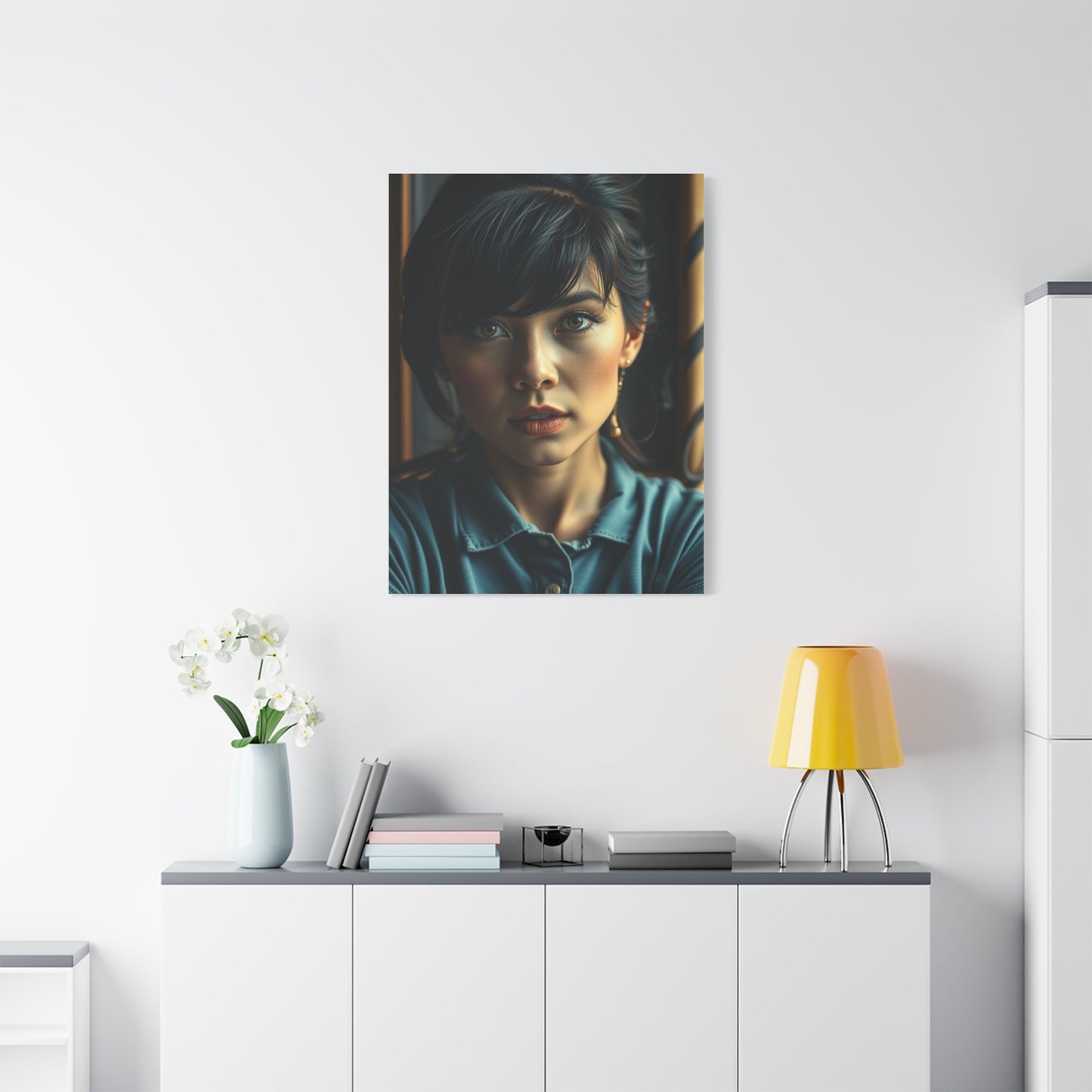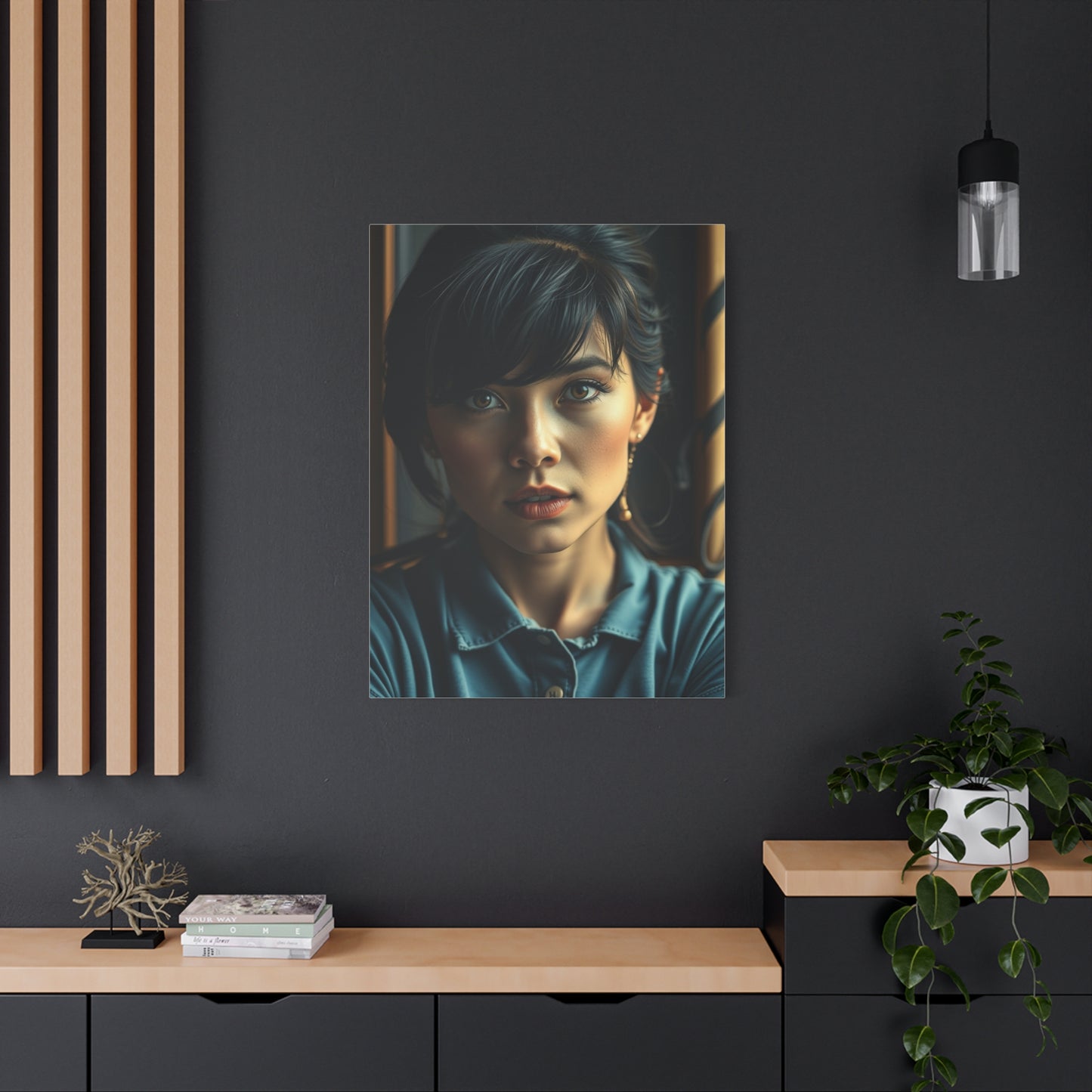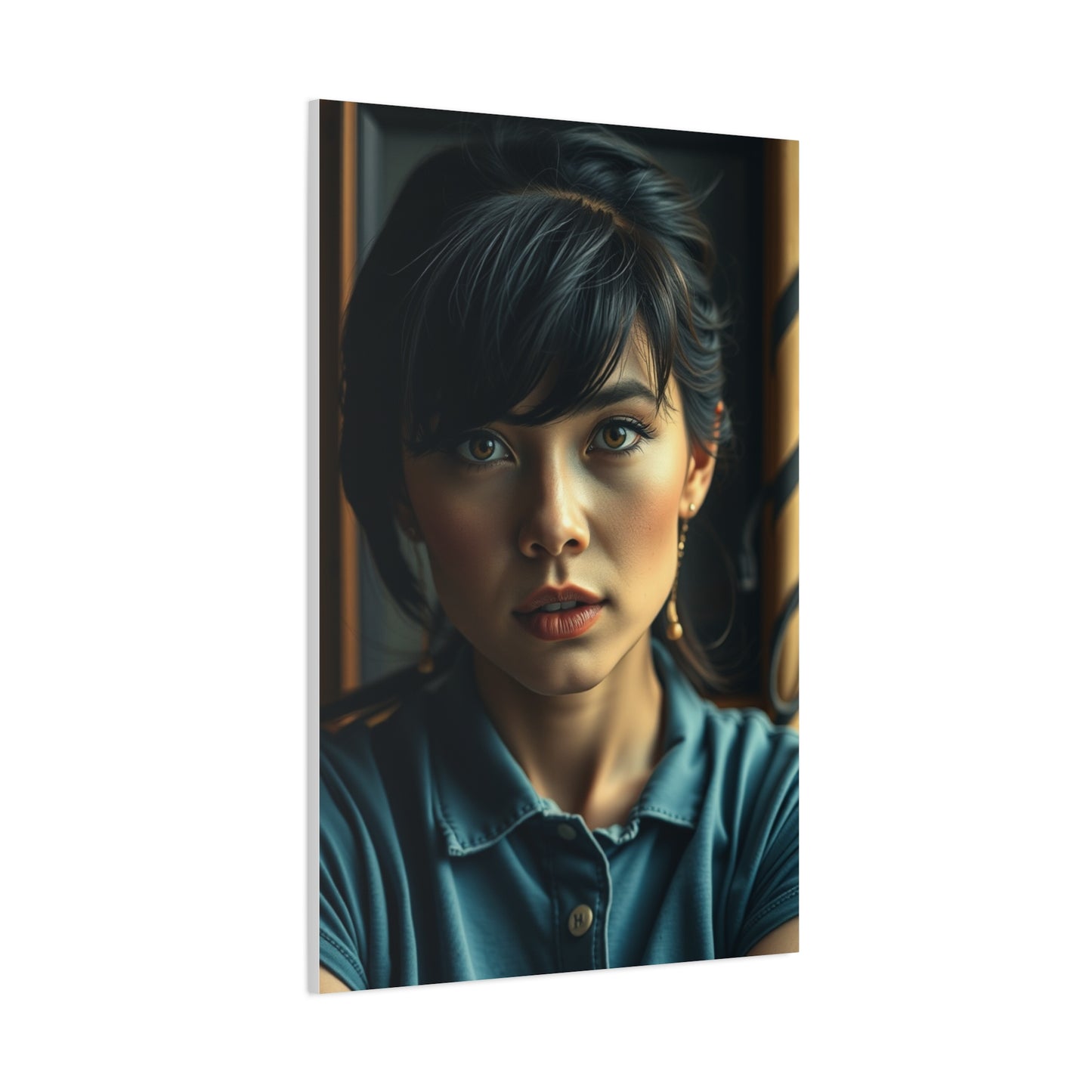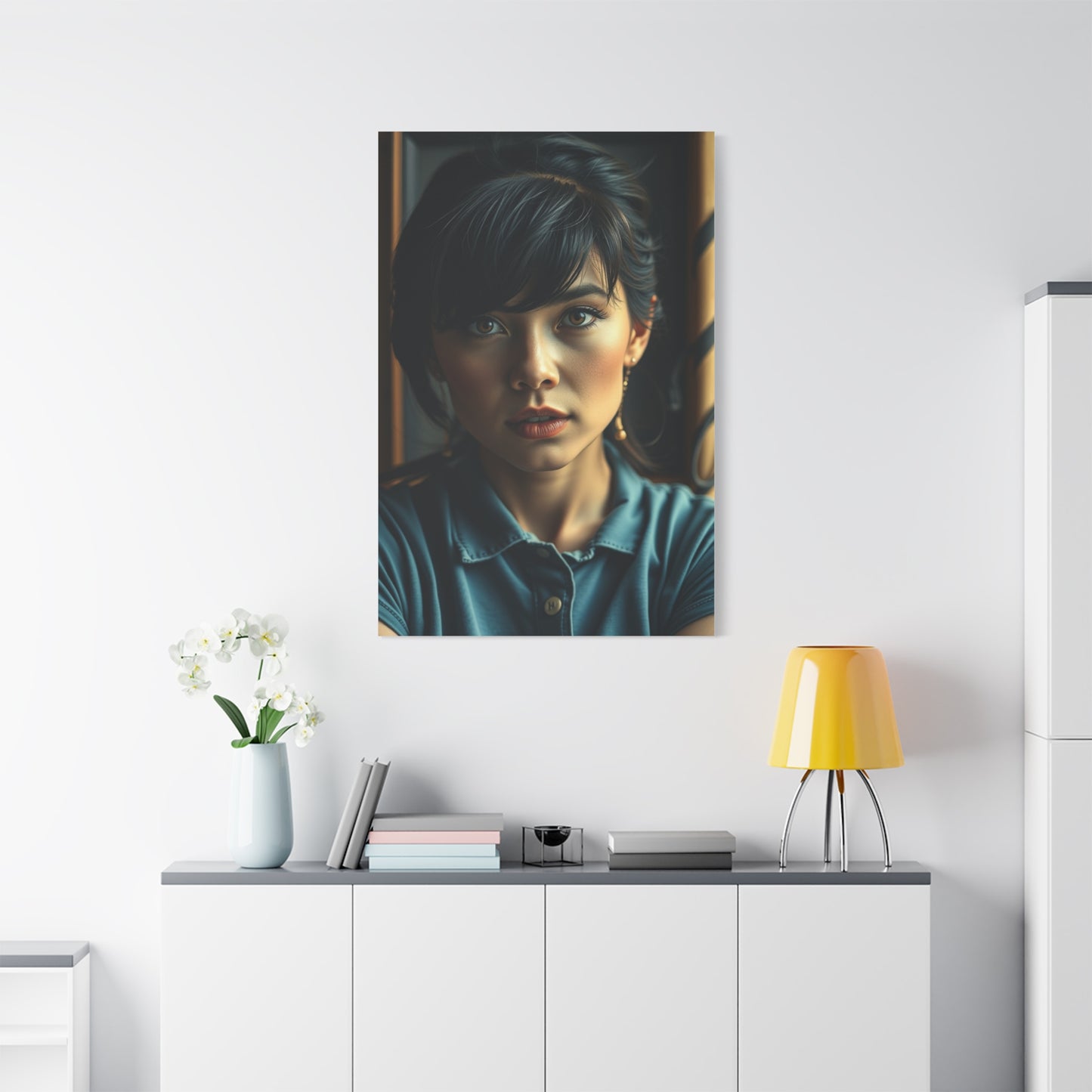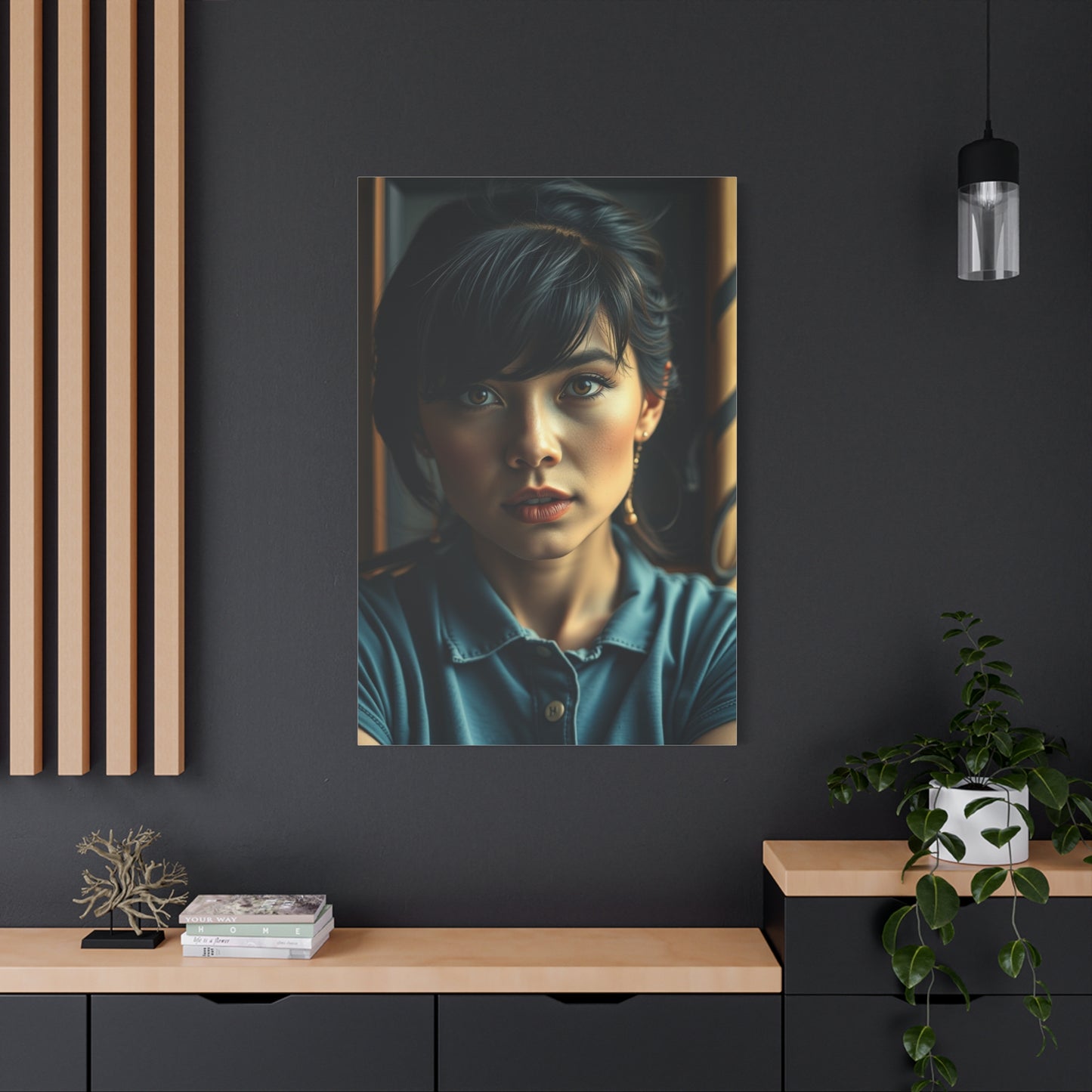Retro Reverie Wall Art: Bringing Nostalgic Daydreams and Reverie Vibes
The resurgence of yesteryear aesthetics has captured the hearts of homeowners and decorating enthusiasts worldwide. Reverie wall art represents more than mere decoration; it embodies a connection to bygone eras, evokes powerful emotions, and creates atmospheric environments that tell stories. This comprehensive guide explores every facet of incorporating nostalgic artistic elements into contemporary living environments, offering practical advice, creative inspiration, and detailed insights into making your walls come alive with character and charm.
Reverie Artistry: Exploring Classic Aesthetics from Past Decades
The fascination with Reverie artistry stems from our collective desire to preserve cultural memories and celebrate the distinctive visual languages of previous generations. Each decade brought forth unique artistic movements, color palettes, and design philosophies that continue to influence contemporary aesthetics. The 1950s introduced optimistic pastel hues and atomic age motifs, while the 1960s embraced psychedelic patterns and counterculture symbolism. The 1970s championed earthy tones and geometric abstractions, and the 1980s celebrated neon vibrancy and postmodern eclecticism.
When selecting Reverie artistry for your walls, consider how different eras communicate distinct emotional resonances. Post-war optimism radiates from cheerful 1950s advertisements featuring streamlined automobiles and smiling families. The experimental spirit of the 1960s manifests in swirling patterns and unconventional compositions that challenge traditional perspectives. Earthy 1970s artwork grounds rooms with organic shapes and natural color schemes that promote relaxation and contemplation.
Authenticity plays a crucial role in Reverie artistry appreciation. Original pieces from specific periods carry inherent value beyond their visual appeal, representing genuine artifacts of cultural history. However, high-quality reproductions and contemporary interpretations also serve important functions, making iconic imagery accessible while respecting preservation concerns. The key lies in selecting pieces that genuinely resonate with your aesthetic sensibilities rather than following trends mindlessly.
Reverie artistry encompasses various mediums beyond traditional paintings. Screen prints, lithographs, woodblock prints, and mixed media collages each contribute unique textural qualities and production histories. Screen printing, popularized during the mid-twentieth century, enabled mass production of vibrant, graphic imagery that democratized art ownership. Lithography's subtle tonal variations create sophisticated visual depth, while woodblock printing's handcrafted quality adds rustic authenticity.
The cultural significance embedded within Reverie artistry extends beyond mere decoration. These pieces document societal values, technological advancements, fashion evolution, and political movements. A 1960s protest poster carries revolutionary energy, while a 1950s travel advertisement captures postwar wanderlust and expanding mobility. By displaying such artwork, you participate in preserving and celebrating cultural heritage.
Color theory understanding enhances Reverie artistry selection. Each era favored specific color combinations reflecting available pigments, printing technologies, and prevailing tastes. The muted sage greens and dusty roses of the 1950s evoke domestic tranquility, while the avocado and harvest gold of the 1970s suggest organic warmth. Recognizing these color signatures helps create cohesive Reverie environments or deliberately mix periods for eclectic results.
Reverie artistry appreciation requires considering production methods and materials. Hand-pulled screen prints exhibit slight variations between copies, adding character absent from digital reproductions. Understanding whether pieces were commercially produced or artist-created influences their historical and monetary value. Commercial advertising art represents corporate design history, while independent artist works reflect personal creative visions.
The storytelling potential of Reverie artistry enriches residential environments. Each piece serves as conversation starter, inviting guests to share memories or discuss historical contexts. A Reverie concert poster might prompt musical reminiscences, while a retro food advertisement could spark discussions about changing culinary trends. These narrative dimensions transform walls from passive backdrops into engaging cultural archives.
Contemporary artists continue drawing inspiration from Reverie aesthetics, creating new works that honor traditional techniques while incorporating modern sensibilities. This neo-Reverie movement demonstrates how classic styles remain relevant and adaptable. Supporting contemporary artists working in Reverie-inspired modes sustains artistic traditions while fostering current creative communities.
When incorporating Reverie artistry, consider architectural context. Mid-century modern homes naturally accommodate period-appropriate artwork, creating seamless historical continuity. However, Reverie pieces also create striking contrasts in contemporary settings, where their warmth and character soften minimalist austerity. Traditional homes benefit from carefully selected Reverie works that complement rather than compete with existing decorative elements.
Seventies Revival: Capturing the Essence of Disco Era Visuals
The 1970s represented a pivotal cultural moment characterized by social transformation, artistic experimentation, and bold aesthetic choices. Capturing this decade's essence through wall decorations involves embracing its distinctive visual vocabulary of earthy palettes, geometric abstractions, and groovy typography. The seventies aesthetic communicates freedom, creativity, and rejection of previous decades' formality.
Disco era visuals radiate energetic optimism through metallic finishes, mirror balls, and shimmering surfaces that captured the decade's celebratory spirit. Artwork featuring dancing silhouettes, rainbow gradients, and starburst patterns instantly evokes nightclub glamour and musical exuberance. These dynamic compositions add movement and vitality to residential settings, particularly appropriate for entertainment areas and social gathering spots.
Earth tones dominated seventies color schemes, reflecting environmental consciousness and natural living movements. Burnt orange, avocado green, chocolate brown, and mustard yellow created warm, grounded atmospheres. Artwork incorporating these hues brings organic comfort to contemporary environments, balancing modern coolness with inviting warmth. Botanical prints featuring oversized ferns, peace lilies, and monstera leaves epitomize this natural aesthetic.
Geometric abstraction flourished during the seventies, influenced by op art and hard-edge painting movements. Bold stripes, concentric circles, chevron patterns, and interlocking shapes created visually stimulating compositions. These mathematical designs add sophisticated visual interest while maintaining the decade's playful spirit. Large-scale geometric prints make particularly dramatic statements in minimalist settings, providing focal points without clutter.
Typography underwent revolutionary changes during the seventies, with designers experimenting with bubble letters, elongated serifs, and psychedelic lettering. Reverie concert posters and album covers showcase this typographic creativity, combining letterforms with illustrations to create unified compositions. Displaying text-based seventies artwork adds literary dimension while celebrating graphic design innovation.
The seventies embraced cultural diversity, with artwork incorporating global influences from African textiles, Asian ceramics, and Native American patterns. This multicultural appreciation created rich visual tapestries that remain relevant in today's interconnected world. Selecting artwork that honors these cross-cultural exchanges demonstrates aesthetic sophistication and inclusive values.
Macramé wall hangings epitomized seventies handicraft revival, combining practical skills with artistic expression. These woven textile pieces add dimensional texture that flat prints cannot achieve. Contemporary macramé artists continue this tradition, offering both Reverie originals and new interpretations that honor traditional techniques while exploring innovative patterns.
Photography emerged as respected art form during the seventies, with practitioners documenting social movements, urban landscapes, and intimate portraits. Black-and-white documentary photography from this era carries powerful emotional impact and historical significance. Color photography captured the decade's vibrant aesthetics through saturated hues and experimental compositions.
Automotive and motorcycle culture inspired seventies artwork featuring sleek vehicles, racing stripes, and speed-suggesting motion lines. These images appeal to enthusiasts while providing masculine energy that balances softer decorative elements. Reverie garage art and racing posters inject personality into hobby rooms and casual gathering areas.
The zodiac fascination that peaked during the seventies produced abundant astrological artwork featuring mystical symbols, celestial maps, and constellation illustrations. These pieces add mysterious allure while reflecting the decade's spiritual exploration and alternative belief systems. Astrological prints work particularly well in meditation corners and personal sanctuary areas.
Sunset imagery dominated seventies visual culture, appearing on everything from van murals to tourist postcards. These gradient compositions transitioning from yellow through orange to purple create soothing atmospheres while symbolizing transformation and natural beauty. Sunset-themed artwork adds warmth to bedrooms and relaxation areas.
The seventies saw environmental awareness translate into artwork celebrating wilderness, endangered species, and natural wonders. Reverie national park posters and wildlife illustrations reflect this conservation consciousness while providing timeless aesthetic appeal. Such pieces resonate with contemporary environmental concerns, creating meaningful connections across decades.
Funk and soul music aesthetics influenced seventies visual culture through album artwork featuring stylized performers, dynamic compositions, and expressive colors. These images capture musical energy and cultural movements that defined the decade. Music-themed artwork adds rhythmic energy and cultural depth to any room.
The seventies craft renaissance produced abundant needlework, quilting, and folk art that elevated traditional handicrafts to fine art status. Reverie embroidery and textile art add warmth and handmade character that machine-produced items cannot replicate. These pieces honor artistic labor and traditional skills increasingly valued in our digital age.
Studio 54 and nightclub culture generated iconic photography and graphic design that defined seventies glamour. Images of fashionable crowds, elaborate stage productions, and celebrity moments capture the decade's hedonistic celebration. Such artwork adds sophisticated edge to entertainment areas and adds conversation-worthy content.
Vibrant Hues: The Role of Striking Colors in Nostalgic Artwork
Color psychology profoundly influences how Reverie artwork affects environmental mood and emotional response. Striking colors characteristic of nostalgic periods create immediate visual impact while evoking specific psychological associations. The strategic use of vibrant hues transforms ordinary walls into energizing, inspiring, or comforting environments depending on color choices and combinations.
Primary colors featured prominently in mid-century advertising and pop art, reflecting post-war optimism and industrial production capabilities. Bold reds, blues, and yellows communicate clarity, confidence, and straightforward messaging. These unambiguous hues work effectively in contemporary settings, providing clean visual statements that complement minimalist aesthetics while adding warmth absent from purely neutral palettes.
Neon colors emerged during the 1980s, utilizing fluorescent pigments that seemed to glow with artificial intensity. Hot pink, electric blue, lime green, and day-glo orange created eye-catching compositions impossible to ignore. While potentially overwhelming in large doses, strategic neon accents add playful energy and youthful exuberance. Neon-hued artwork particularly suits creative studios, game rooms, and youth-oriented environments.
Pastels dominated 1950s aesthetics, offering softer alternatives to primary colors while maintaining cheerful optimism. Mint green, baby blue, pale pink, and butter yellow created gentle, approachable atmospheres associated with domestic comfort and feminine grace. Pastel-toned Reverie artwork adds subtle color without overwhelming environments, making it ideal for bedrooms, nurseries, and relaxation areas.
Earth tones transcend specific decades, appearing throughout Reverie eras with varying emphasis. However, the 1970s particularly championed these natural hues, reflecting environmental movements and organic living philosophies. Terracotta, olive, rust, and ochre create grounded, stable atmospheres that promote relaxation and connection to nature. Earth-toned artwork balances contemporary coolness with organic warmth.
Color combinations reveal period authenticity as much as individual hues. The turquoise-and-coral pairing epitomizes 1950s Southwestern influences, while orange-and-brown defined 1970s aesthetic sensibilities. Recognizing these signature combinations helps create cohesive Reverie environments or intentionally mix periods for eclectic effects. Understanding color relationships prevents accidental clashing while encouraging deliberate creative choices.
Metallic colors added glamour throughout Reverie eras, with gold, silver, and bronze suggesting luxury and sophistication. Art Deco designs featured metallic accents, while seventies disco culture embraced reflective surfaces. Metallic elements in artwork catch light dynamically, creating visual interest that changes throughout the day. These shimmering touches add elegance without requiring expensive materials.
Color fading in authentic Reverie pieces creates unique patinas that reproduction prints cannot replicate. Sun-bleached hues and gentle aging add character and authenticity, though severe degradation may diminish visual impact. Collectors must balance preservation concerns with aesthetic preferences, sometimes choosing restored pieces that maintain original color vibrancy.
Monochromatic schemes using single-color variations create sophisticated Reverie statements. Sepia-toned photographs evoke historical nostalgia, while blue-and-white compositions suggest maritime or Mediterranean influences. Monochromatic approaches allow pattern and form to dominate, creating visually complex compositions without chromatic distraction.
Color temperature significantly affects environmental mood. Warm colors like red, orange, and yellow create energizing, social atmospheres appropriate for gathering areas. Cool colors including blue, green, and purple promote calm, contemplative moods suited to bedrooms and studies. Reverie artwork's color temperature should align with room function and desired emotional tone.
Gradient transitions create visual movement and depth, appearing frequently in Reverie sunset imagery, psychedelic posters, and automotive art. These smooth color progressions suggest transformation and natural phenomena, adding dynamic quality to static images. Gradient-based artwork prevents visual stagnation while maintaining cohesive color stories.
Complementary color combinations using opposite color wheel positions create maximum visual contrast and vibrancy. Red-and-green, blue-and-orange, and yellow-and-purple pairings appear throughout Reverie advertising and pop art. These high-contrast combinations command attention effectively but require careful placement to avoid overwhelming environments.
Analogous color schemes using adjacent color wheel positions create harmonious, unified compositions. Blue-green-yellow or red-orange-yellow progressions appear naturally pleasing and easy to incorporate into existing decor. Reverie artwork using analogous schemes integrates smoothly into diverse environments while maintaining distinct visual presence.
Color symbolism varies across cultures and periods, adding layers of meaning to Reverie artwork. Red might signify passion, danger, or celebration depending on context. Blue suggests tranquility, sadness, or corporate professionalism. Understanding these associations helps select artwork that communicates desired messages beyond pure aesthetic appeal.
Seasonal color associations influence artwork placement strategies. Warm autumn tones suit year-round display but particularly resonate during fall months. Cool winter hues complement holiday seasons. Rotating artwork seasonally keeps environments fresh while maximizing each piece's impact during appropriate times.
The proportion of color versus neutral elements affects visual impact. Artwork featuring small vibrant accents against neutral backgrounds creates focal points without overwhelming. Conversely, compositions dominated by saturated colors make bold statements requiring careful environmental integration. Balancing colorful artwork with neutral furnishings prevents sensory overload while maximizing artistic impact.
Contemporary Living: Integrating Classic Prints into Modern Residences
Successfully merging Reverie prints with contemporary residential aesthetics requires thoughtful consideration of scale, placement, framing, and thematic coherence. Modern homes often feature clean lines, neutral palettes, and minimalist sensibilities that might seem incompatible with Reverie exuberance. However, strategic integration creates dynamic tensions that enliven contemporary environments while honoring classic design integrity.
Scale relationships prove crucial when incorporating Reverie prints into modern settings. Oversized prints make bold statements in minimalist environments, providing necessary visual interest without cluttering. Conversely, gallery walls featuring multiple smaller Reverie pieces create collected, curated appearances that soften modern austerity. Consider room proportions and furniture scale to determine appropriate artwork dimensions.
Framing choices bridge Reverie content and contemporary contexts. Simple, modern frames with clean lines allow Reverie artwork to shine without competing embellishments. Black, white, or natural wood frames provide neutral borders that work across aesthetic styles. Alternatively, period-appropriate Reverie frames enhance authenticity for collectors prioritizing historical accuracy over seamless integration.
Color coordination connects Reverie prints with contemporary palettes. Select artwork featuring colors present in existing furnishings, textiles, or architectural elements. This chromatic connection creates visual flow while allowing Reverie pieces to feel intentional rather than random. Alternatively, use Reverie artwork to introduce accent colors absent from neutral modern schemes, adding warmth and personality.
Thematic consistency helps Reverie prints cohere within modern environments. Grouping botanical prints, travel posters, or automotive art creates focused collections that read as deliberate curation rather than random accumulation. Thematic approaches allow mixing various Reverie periods unified by subject matter rather than temporal origin.
Placement strategies affect how Reverie prints interact with modern architecture. Hanging Reverie artwork above contemporary furniture creates dialogue between old and new, highlighting contrasts while suggesting continuity. Placing prints within architectural niches or alcoves frames them as precious objects deserving special attention. Leaning large prints against walls creates casual, approachable displays suitable for evolving collections.
Lighting dramatically influences Reverie print presentation. Track lighting allows flexible illumination adjustment, highlighting specific pieces while allowing reconfiguration. Picture lights mounted above individual artworks create gallery-quality presentation. Natural lighting showcases artwork dynamically throughout the day but requires UV protection to prevent fading. LED strips provide modern illumination solutions that accommodate Reverie aesthetics.
Balancing Reverie artwork with modern art creates eclectic collections demonstrating sophisticated curatorial vision. Pairing abstract Reverie prints with contemporary photography or graphic design illustrates aesthetic evolution and continuing design conversations. This mixture prevents environments from feeling like period museums while maintaining historical appreciation.
Digital technology enables Reverie print acquisition and display previously impossible. High-resolution scans of rare original pieces make iconic imagery accessible to broader audiences. Digital printing on quality substrates produces vibrant reproductions suitable for modern homes. However, serious collectors still prize authentic Reverie originals for their historical value and inherent character.
Textural variation adds dimension to Reverie print collections. Combining flat prints with dimensional elements like Reverie signs, sculptural objects, or textile pieces creates engaging visual landscapes. This textural diversity prevents monotony while showcasing various artistic mediums and production techniques.
Negative space appreciation enhances Reverie artwork impact in modern settings. Minimalist design principles emphasize breathing room around objects, preventing visual crowding. Applying this philosophy to Reverie print display means resisting urges to fill every wall surface, instead allowing individual pieces adequate surrounding space to register fully.
Architectural features influence optimal Reverie print placement. Exposed brick walls provide textural contrast for smooth prints, while pristine white walls allow artwork colors to pop dramatically. Wood paneling suggests mid-century modern continuity, naturally accommodating period-appropriate prints. Consider how architectural context enhances or challenges Reverie artwork integration.
Room function guides appropriate Reverie print selection. Kitchens accommodate food-themed advertising art or botanical herb prints. Bedrooms suit calming landscapes or romantic imagery. Home offices benefit from motivational graphics or historical scientific illustrations. Aligning artwork content with room purpose creates functional coherence beyond pure aesthetics.
Reverie prints offer affordable alternatives to original contemporary art while providing comparable visual impact. Savvy decorators recognize that well-chosen Reverie reproductions deliver sophisticated results without gallery prices. This accessibility democratizes good design, allowing more people to create visually rich environments regardless of budget constraints.
The provenance story behind Reverie prints adds narrative dimension to modern homes. Sharing how you discovered pieces at flea markets, inherited them from relatives, or found them during travels personalizes environments beyond catalog-perfect showrooms. These stories transform houses into homes with genuine character and individual histories.
Seasonal rotation keeps Reverie print displays fresh and engaging. Storing some pieces while displaying others prevents visual fatigue and accommodates evolving aesthetic preferences. This practice also protects vulnerable artwork from prolonged light exposure, extending preservation while maintaining decorative vitality.
Legendary Images: Timeless Artwork That Defines Decorative Excellence
Certain images transcend temporal boundaries, achieving iconic status that ensures continued relevance across generations. These legendary artworks define decorative excellence through masterful composition, cultural significance, and universal emotional resonance. Recognizing and incorporating such timeless pieces elevates residential environments from merely decorated to thoughtfully curated.
Alphonse Mucha's Art Nouveau posters epitomize legendary decorative artwork, combining flowing organic lines with sophisticated color harmonies and graceful female figures. Created during the late nineteenth and early twentieth centuries, these images remain popular for their elegant beauty and romantic sensibility. Mucha's works demonstrate how commercial art transcends original advertising purposes to achieve fine art status.
Travel posters from the golden age of rail and ocean transportation capture wanderlust and adventure through stylized landscapes and streamlined vehicles. These mid-century images evoke nostalgia for elegant travel when journeys themselves constituted experiences rather than mere transportation. Destinations from Paris to Hawaii received artistic treatments that romanticized locations while advertising services.
Concert posters from legendary venues like the Fillmore and Avalon Ballroom document rock music history while showcasing psychedelic design innovation. Artists including Wes Wilson, Victor Moscoso, and Rick Griffin created mind-bending compositions featuring liquid letterforms and vibrant colors that visually represented musical experiences. These posters attract music enthusiasts and design aficionados equally.
World War propaganda posters demonstrate graphic design's persuasive power through bold symbolism, patriotic colors, and compelling slogans. Images like Rosie the Riveter and Uncle Sam transcend original propaganda purposes to symbolize broader themes of empowerment and civic duty. These historically significant pieces add gravitas and conversation value.
Film posters from Hollywood's golden age combine photographic glamour with graphic design sophistication. Classic movies received artistic treatments that captured cinematic magic in single images. From Casablanca to Breakfast at Tiffany's, these posters allow movie lovers to celebrate favorite films while adding sophisticated visual elements to residential environments.
Botanical illustrations from scientific expeditions and horticultural publications combine artistic beauty with educational value. Detailed renderings of exotic plants, flowers, and trees demonstrate observation skills and artistic technique while celebrating natural world diversity. These images suit various decorating styles from traditional to contemporary, offering timeless organic beauty.
Advertising mascots and brand characters achieved iconic status through repetition and emotional connection. The Coca-Cola polar bears, Michelin Man, and various cereal mascots occupy cultural consciousness beyond their commercial origins. Reverie advertisements featuring these characters add nostalgic charm and pop culture reference points.
Political and social movement posters document historical struggles while maintaining visual power. Civil rights imagery, feminist graphics, and environmental campaign posters carry ongoing relevance as contemporary struggles continue. Displaying such artwork demonstrates social consciousness while honoring activist history.
Sports memorabilia including Reverie team posters, Olympic graphics, and sporting event advertisements appeals to athletics enthusiasts while adding masculine energy. These images celebrate physical achievement and competitive spirit through dynamic compositions suggesting movement and vitality.
Automobile advertisements from various decades showcase industrial design evolution while appealing to car enthusiasts. Streamlined 1930s vehicles, finned 1950s sedans, and muscular 1970s muscle cars represent different aesthetic philosophies and technological capabilities. Automotive artwork adds sophisticated interest to garages, home offices, and entertainment areas.
Magazine covers from publications like Life, Vogue, and National Geographic document cultural history through editorial design and photography. These covers captured defining moments, fashion trends, and global events with visual sophistication. Displaying Reverie magazine covers creates historical timelines while showcasing publication design evolution.
Children's book illustrations from beloved classics combine nostalgic appeal with artistic merit. Images from authors like Maurice Sendak, Dr. Seuss, and Beatrix Potter delight adults and children equally. These illustrations add whimsical charm while celebrating literacy and imagination.
Scientific diagrams and anatomical illustrations blend educational content with aesthetic appeal. Reverie astronomy charts, biological drawings, and mechanical schematics demonstrate how information visualization constitutes art form. These pieces particularly suit studies, libraries, and educational environments.
Fashion illustrations from haute couture's golden age capture elegant style through artistic interpretation. Designers like Christian Dior and Coco Chanel received artistic treatments that emphasized garment drama and sophisticated presentation. Fashion illustrations add glamorous sophistication appropriate for dressing areas and boutique-inspired environments.
The enduring appeal of legendary images derives from their ability to communicate across cultural and temporal boundaries. Great design transcends specific moments to address universal human experiences and aesthetic truths. Incorporating such timeless works ensures decorative choices remain relevant despite changing trends.
Geometric Dreams: Non-Representational Reverie Artistic Movements
Abstract art movements throughout the twentieth century produced bold geometric compositions that challenged traditional representation while creating visually striking decorative possibilities. Non-representational Reverie artworks offer sophisticated alternatives to figurative imagery, emphasizing formal elements including color, shape, line, and composition over recognizable subjects. These geometric dreams continue influencing contemporary design through their timeless mathematical beauty.
Bauhaus philosophy united art, craft, and technology under modernist principles emphasizing geometric simplicity and functional beauty. Artists associated with this movement created compositions using primary colors, basic shapes, and asymmetrical balance. Bauhaus-inspired artwork adds intellectual sophistication and design historical reference while maintaining clean visual impact compatible with modern aesthetics.
Constructivism emerged from revolutionary Russia, combining geometric abstraction with utilitarian design principles. Angular compositions using limited color palettes communicated political ideologies while advancing artistic experimentation. Constructivist artworks bring dramatic visual energy through dynamic diagonal lines and bold shape interactions.
De Stijl movement, exemplified by Piet Mondrian's compositions, reduced visual language to horizontal and vertical lines with primary colors plus black and white. This radical simplification achieved remarkable sophistication through careful proportional relationships. De Stijl-inspired artwork offers maximum impact through minimum elements, embodying modernist aesthetic philosophy.
Op Art manipulated geometric patterns to create optical illusions and visual vibrations. Artists like Bridget Riley and Victor Vasarely produced mesmerizing compositions that seem to move despite being static. These perceptually challenging artworks add dynamic interest while demonstrating how mathematical precision generates sensory experiences.
Hard-edge painting emphasized crisp boundaries between color areas, creating geometric abstractions with mechanical precision. This approach contrasted with gestural abstract expressionism, offering controlled, deliberate compositions. Hard-edge Reverie prints provide bold graphic impact suitable for contemporary minimalist environments.
Color field painting explored relationships between large areas of saturated hues, creating immersive chromatic experiences. While less explicitly geometric than other movements, color field works often featured rectangular forms and horizontal divisions. These contemplative compositions add atmospheric color without representational distraction.
Minimalism reduced artistic expression to essential elements, often featuring repetitive geometric modules or simple forms. This aesthetic philosophy influenced architecture, design, and visual arts during the mid-twentieth century. Minimalist Reverie artwork demonstrates how restraint generates powerful visual statements.
Islamic geometric patterns influenced Western abstract art through mathematical complexity and spiritual symbolism. Interlocking stars, tessellations, and radial symmetries create endlessly fascinating compositions. Reverie interpretations of Islamic geometry add cultural richness while showcasing mathematical beauty.
Art Deco geometric motifs combined angular forms with luxurious materials and sophisticated color schemes. Stepped pyramids, sunburst patterns, and streamlined curves epitomized modern elegance during the 1920s and 1930s. Art Deco-inspired artwork adds glamorous sophistication appropriate for formal environments.
Swiss graphic design applied geometric precision to communication design, creating highly organized compositions using grids, sans-serif typography, and photographic elements. This influential movement demonstrated how geometric structure enhances information clarity. Reverie Swiss design posters add sophisticated visual order.
The Memphis Milano movement during the 1980s playfully subverted minimalist austerity through bold geometric patterns, clashing colors, and decorative excess. This postmodern rebellion celebrated joy and ornamentation after decades of austere modernism. Memphis-inspired artwork adds energetic playfulness to contemporary environments.
Suprematism, pioneered by Kasimir Malevich, sought pure artistic feeling through geometric abstraction. Famous works including Black Square represented ultimate artistic reduction. Suprematist-influenced artwork offers philosophical depth beyond pure decoration, inviting contemplation about art's essential nature.
Kinetic art created actual or implied motion through geometric forms. While Reverie kinetic sculptures prove difficult to acquire, prints documenting these works or static compositions suggesting movement continue this tradition. Movement-implying artwork adds dynamic energy to static environments.
The mathematical precision underlying geometric abstraction appeals to analytically minded individuals who appreciate logical structure and rational beauty. These artworks demonstrate how human creativity operates within systematic frameworks, uniting artistic expression with scientific thinking.
Geometric abstractions transcend cultural specificity through universal mathematical languages. Unlike representational artwork that may carry culturally specific meanings, geometric compositions communicate through formal relationships accessible across diverse backgrounds. This universality makes abstract Reverie artwork particularly versatile for multicultural households.
Memory Lane: Creating Sentimental Atmospheres Through Period Pieces
Nostalgia represents the powerful emotional force that Reverie artwork uniquely channels through visual reminders of past eras. Creating sentimental atmospheres using period pieces involves more than mere decoration; it constructs emotional landscapes that comfort, inspire, and connect individuals with personal and collective histories. Memory lane journeys through carefully curated Reverie displays transform residential environments into meaningful sanctuaries.
Personal nostalgia connects individuals with specific life periods through sensory triggers. Artwork from your childhood era evokes memories of family homes, early experiences, and formative influences. Displaying prints from your birth decade creates intimate connection with personal history while sharing your story with visitors. This autobiographical approach makes decorating deeply meaningful rather than purely aesthetic.
Collective nostalgia transcends individual experience, tapping into broader cultural memories shared across generations. Images from widely recognized events, popular entertainment, or common experiences create instant recognition and shared emotional responses. Displaying collectively nostalgic artwork facilitates intergenerational conversations and community building.
Romantic nostalgia idealizes past eras through selective memory and artistic interpretation. Reverie artwork often presents sanitized, aestheticized versions of historical periods, emphasizing beauty while overlooking difficulties. While recognizing this romanticization, embracing its emotional value allows appreciating artwork's aspirational qualities and timeless ideals.
Seasonal nostalgia associates specific aesthetics with holiday traditions and annual cycles. Reverie Christmas imagery, autumn harvest scenes, and summer vacation posters trigger seasonal memories and anticipation. Rotating seasonal Reverie artwork maintains fresh displays while honoring cyclical traditions.
Regional nostalgia connects individuals with geographic origins or beloved locations. Reverie travel posters, local business advertisements, and regional landscape depictions celebrate specific places' unique character. Displaying hometown imagery maintains connections despite physical distance while sharing regional pride with visitors.
Generational nostalgia reflects age cohort experiences, creating bonds among peers who share cultural references. Baby boomers nostalgic for mid-century optimism, Generation X remembering 1980s excess, and millennials feeling nostalgic for 1990s aesthetics each find relevant Reverie artwork. Understanding generational perspectives helps select pieces resonating with household members and guests.
Occupational nostalgia honors professional heritage through workplace-related imagery. Reverie advertising from your industry, historical photographs of professional practice, or equipment diagrams celebrate career paths. Displaying occupation-specific Reverie artwork in home offices creates meaningful work environments while acknowledging professional identity.
Musical nostalgia powerfully evokes memories through visual representation of beloved genres, artists, and concert experiences. Reverie album covers, concert posters, and music venue imagery transport viewers to specific sonic moments. Music-themed artwork creates atmospheric backdrops for listening rooms and entertainment areas.
Automotive nostalgia celebrates vehicles' emotional significance beyond transportation function. First cars, dream vehicles, and classic designs trigger powerful memories and aspirations. Reverie automobile advertisements and photography appeal to driving enthusiasts while adding masculine sophistication.
Culinary nostalgia connects food memories with Reverie kitchen imagery, restaurant advertisements, and product packaging. These pieces evoke family meal memories, favorite restaurants, and changing food cultures. Kitchen displays featuring Reverie food artwork add warmth while celebrating domestic traditions.
Fashion nostalgia appreciates clothing and style evolution through Reverie fashion illustrations, designer advertisements, and street photography. These images document personal style evolution and broader fashion history. Dressing areas benefit from fashion-focused Reverie artwork that celebrates sartorial expression.
Literary nostalgia honors reading memories through Reverie book covers, library posters, and author portraits. These pieces celebrate specific beloved books while acknowledging literacy's transformative power. Studies and reading nooks gain character through book-related Reverie artwork.
The psychology of nostalgia reveals its complex emotional dimensions. Research indicates nostalgic reflection provides psychological comfort during uncertain times, strengthening social connections and personal identity. Reverie artwork facilitates this beneficial nostalgia through visual cues that trigger positive memories and feelings.
Balancing nostalgia with present engagement prevents excessive backward focus that inhibits current living. Reverie artwork should enhance rather than dominate environments, celebrating the past while accommodating contemporary life. Strategic placement in specific rooms allows nostalgic immersion in designated areas while maintaining present-focused primary living areas.
Sharing nostalgia stories enhances Reverie artwork's emotional impact. Explaining why specific pieces resonate personally transforms passive viewing into active engagement. These narratives create deeper connections between viewers and artwork while building interpersonal relationships through shared storytelling.
Mid-Century Fusion: Blending Postwar Aesthetics with Current Trends
Mid-century modern design continues dominating contemporary aesthetics through timeless principles emphasizing clean lines, organic forms, and functional beauty. Blending postwar aesthetics with current trends creates harmonious fusion that honors design history while accommodating modern lifestyles. This approach demonstrates how well-conceived design transcends temporal boundaries, remaining relevant across decades.
Mid-century modern philosophy emerged from postwar optimism, technological advancement, and democratization of good design. Architects and designers including Charles and Ray Eames, Eero Saarinen, and George Nelson created furniture, architecture, and graphics emphasizing accessibility and innovation. Artwork from this period reflects these values through simplified forms and honest materials.
Atomic age motifs including starbursts, satellites, and molecular diagrams captured scientific excitement and space race enthusiasm. These optimistic symbols represented human potential and technological progress. Incorporating atomic age imagery adds retro-futuristic charm while celebrating innovation.
Biomorphic forms borrowed from nature's organic shapes appeared throughout mid-century design, softening modernism's potentially cold geometry. Kidney-shaped pools, amoeba-like furniture forms, and flowing architectural lines demonstrated nature's influence. Artwork featuring biomorphic abstraction adds warmth to angular modern environments.
Scandinavian design principles emphasizing natural materials, craftsmanship, and hygge comfort influenced global aesthetics. Clean lines combined with organic warmth created approachable modernism. Reverie Scandinavian design posters and prints maintain contemporary relevance through their timeless simplicity.
Tiki culture and Polynesian influences created exotic escapism during postwar suburbanization. Tropical imagery, bamboo motifs, and island paradise depictions offered fantasy alternatives to routine domesticity. Tiki-themed Reverie artwork adds playful exoticism to entertainment areas and outdoor living areas.
Mid-century typography featured distinctive letterforms balancing readability with personality. Designers created fonts that communicated modernity while maintaining legibility. Reverie posters showcasing mid-century typography add graphic punch while documenting design evolution.
Color blocking using distinct color zones without gradual transitions characterized mid-century graphic design. This approach created bold, readable compositions suitable for advertising and wayfinding. Color-blocked Reverie artwork provides strong visual statements compatible with contemporary minimalism.
Abstract expressionism influenced mid-century commercial art through gestural marks and emotional intensity. While fine art abstract expressionism occupied galleries, its influence permeated popular design. Artwork combining mid-century aesthetics with abstract expression bridges high and low cultural distinctions.
Optimistic domesticity pervaded mid-century advertising, depicting idealized family life in modern homes. These images document period social values while showcasing architectural and product design. Despite their sometimes outdated gender roles, these advertisements offer fascinating historical windows into postwar culture.
Conclusion
Retro Reverie Wall Art is more than just a visual journey into the past—it's an emotional bridge between eras, styles, and personal memories. Infused with nostalgic tones, whimsical patterns, and timeless motifs, this unique genre of wall art evokes a sense of dreamy familiarity while breathing personality into contemporary interiors. For art lovers and design enthusiasts alike, retro reverie pieces are a celebration of imagination, culture, and history—wrapped in vibrant color and playful charm.
Throughout this guide, we've explored how retro reverie wall art draws inspiration from various decades—from the bold mod prints of the ‘60s and the psychedelic swirls of the ‘70s to the neon vibes and geometric playfulness of the ‘80s. These artworks often blend vintage aesthetics with modern interpretation, making them feel both timeless and current. Whether you're designing a full-on retro-inspired room or looking to add a splash of whimsy to a modern space, this art style delivers depth, joy, and a touch of magic.
The beauty of retro reverie lies in its ability to stir emotion. It captures that dreamy state where reality and memory blur—a moment of reverie that transports you to simpler times or imagined places. These artworks can evoke personal memories, cultural references, or simply the comfort of the past. By incorporating them into your home, you're not just decorating—you're telling a story and inviting others to share in the sentiment.
From soft pastel palettes to punchy pop-art contrasts, retro reverie wall art is remarkably versatile. It pairs well with mid-century furniture, boho textures, or even ultra-modern elements that benefit from a touch of nostalgia. The key is to let the artwork speak—to become a focal point or an accent that sparks joy and invites curiosity.
In conclusion, Retro Reverie Wall Art is the perfect fusion of vintage charm and imaginative flair. It transforms walls into storytelling surfaces, bringing warmth, character, and a dreamlike quality to your living space. As both an aesthetic and emotional expression, it reminds us that art doesn’t always have to be serious—it can be playful, tender, and joyfully nostalgic.

















